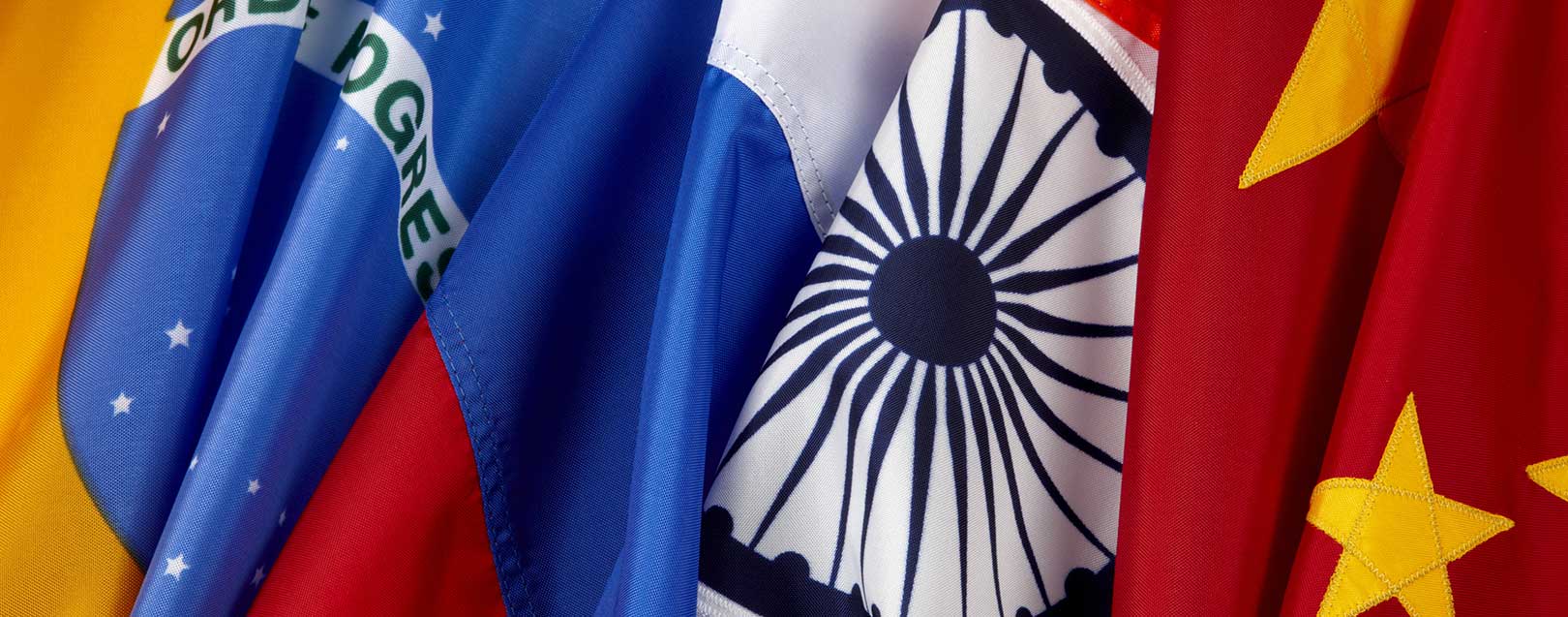
World Bank and International Monetary Fund (IMF) have almost always been led by either an American or a European
Manish K. Pandey | Augest 2014 Issue | The Dollar Business
The recently concluded 6th BRICS Summit in Fortaleza, Brazil was a little different from its previous versions, particularly because of just two reasons. One, the five-nation bloc (which together accounts for about 50% of the world’s population and more than 25% of global GDP) appeared stronger than ever. Two, it openly challenged the world order led by the West.
After two years of tough negotiations, leaders of this five-nation bloc (Brazil, Russia, India, China and South Africa) announced what the First World would have never wanted to hear – creation of a new BRICS development bank to fund global infrastructure projects. The New Development Bank (as they call it) – with a subscribed capital of $50 billion divided equally between its five founders and a $100 billion currency reserve pool – is modelled closely to the World Bank and is a direct challenge to the West’s tight grip over global finances.
The two financial institutions – World Bank and International Monetary Fund (IMF) – have almost always, been led by either an American or a European and have constantly denied the developing world’s request for a “say” within these organisations. They have also been accused of attaching unfair terms and conditions to loans to developing economies and imposing bans against grants made to poorer nations.
Even experts of Developmental Economics have criticised the two institutions for being biased in favour of the developed world. Hence, the New Development Bank is nothing but a consequence of these frustrations developed over a period of time. In fact, the Contingent Reserve Arrangement of $100 billion, a financial safety net similar to IMF, is the developing world’s way of saying “We have arrived and the West shouldn’t take us lightly”. Interestingly, with a little more funding, particularly from Moscow and Beijing, the new institution has the potential to even make the World Bank look small.
Critics argue that China, the world’s second largest economy, could try to assert greater influence over the new development bank to expand its political cloud across the globe. But then, if the Dragon really wants to be in control, it doesn’t need a $100 billion bank. With more $3.3 trillion in forex reserves it has enough muscle power to arm-twist foreign influencers and land its yeti foot on some of the biggest territories in the world. [Don’t forget, China holds the largest share of US debt!]
The new BRICS development bank is the beginning of the “New World Order” and in literal sense. And in the long run the competition between the two – Developed World and Emerging World – is only going to intensify further. Who will win depends not only where the balance of power tilts, but also who is able to bridge the gap between economic theories and their applications faster. Very interesting times await us.
Get the latest resources, news and more...
By clicking "sign up" you agree to receive emails from The Dollar Business and accept our web terms of use and privacy and cookie policy.
Copyright @2026 The Dollar Business. All rights reserved.
Your Cookie Controls: This site uses cookies to improve user experience, and may offer tailored advertising and enable social media sharing. Wherever needed by applicable law, we will obtain your consent before we place any cookies on your device that are not strictly necessary for the functioning of our website. By clicking "Accept All Cookies", you agree to our use of cookies and acknowledge that you have read this website's updated Terms & Conditions, Disclaimer, Privacy and other policies, and agree to all of them.

